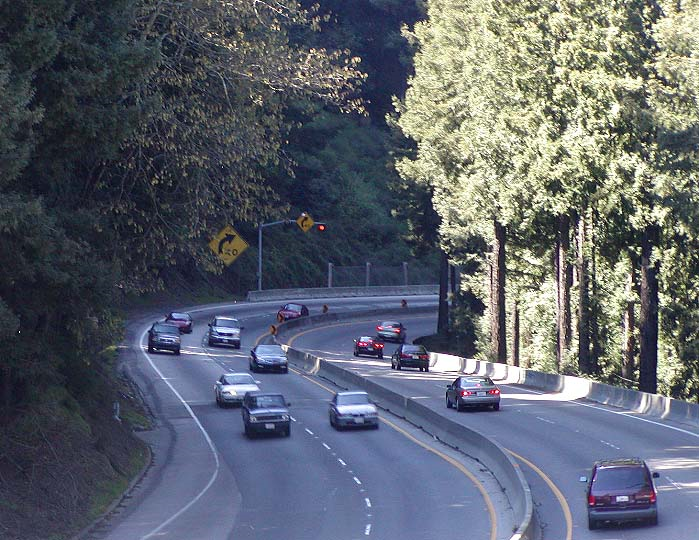Gravity and Driving Automatic Cars
| Driver Education |
Understanding the force of gravity is essential for every driver, especially when operating an automatic car. In this article, we’ll explore what gravity is and how it influences the movement of automobiles, particularly when navigating uphill and downhill roads, and parking on inclines.
This blog may contain affiliate links, and therefore if you make a purchase through these links, we subsequently may or may not earn a commission at no extra cost to you.
1. Definition of Gravity
Gravity is a fundamental force of nature that pulls objects toward the center of the Earth. This omnipresent force is what keeps us firmly on the ground and significantly affects how a vehicle behaves, especially on varying terrains. For drivers, it’s a critical factor that influences vehicle handling and safety.
2. Effect of Gravity on the Movement of Automobiles
Driving an automatic car comes with its unique challenges and advantages when dealing with gravity. Let’s delve into how to effectively manage these situations.
a. Low Gears and Their Use in Overcoming Gravity
In automatic cars, the transmission adjusts the gears based on speed and throttle input. However, when driving uphill, gravity works against the vehicle, necessitating more power to ascend. Many automatic cars have a mode or manual override that allows drivers to select lower gears manually. Engaging a lower gear provides higher engine RPM and more power, aiding in uphill climbs.
When descending a hill, gravity causes the vehicle to accelerate. Selecting a lower gear in your automatic transmission can help manage speed and maintain control. This process, akin to engine braking in manual vehicles, uses the engine’s resistance to slow down the car, reducing the reliance on brakes and preventing potential brake fade from overheating.
b. Use of Gears, Brakes, and Wheel Blocks in Parking on Inclines
Parking an automatic car on an incline requires careful consideration of gravity.
-
-
Gears: When parked on an incline, it’s important to engage the ‘park’ mode in your transmission. This locks the transmission and prevents the car from rolling.
-
Brakes: Always apply the parking brake when parking on a slope. This adds an extra layer of security and takes some strain off the transmission.
-
Wheel Blocks: As an additional precaution, especially on steeper slopes, using wheel blocks can provide extra safety. Placing these blocks in front or behind the tires can effectively prevent the car from rolling.
-
3. Example Scenarios
Consider driving an automatic car up a steep hill. You feel the vehicle straining under the pull of gravity. By manually selecting a lower gear, the engine provides more torque at a higher RPM, making the climb smoother and less stressful on the car.
In another situation, you’re descending a steep road. Instead of constantly pressing the brake, which could lead to overheating, you manually select a lower gear. This action allows the engine to aid in slowing down the vehicle, offering more control and preserving the brake system.
Finally, when parking on a hill, you switch to park mode, engage the parking brake, and place wheel blocks around the tires if the hill is very steep. This combination ensures your car stays securely in place, countering the pull of gravity.
Natural Forces That Affect Drivers
In automatic cars, understanding and adapting to the force of gravity is key to safe and efficient driving. Whether it’s navigating hills or parking on inclines, being aware of how gravity affects your vehicle can enhance your driving skills and ensure safety. Remember, gravity is a constant force, and learning to work with it is an essential aspect of driving.
Drive with Confidence!
Keep up with all the latest driving news. Expolre our blog packed with essential tips and expert advice on all things related to DRIVING!




